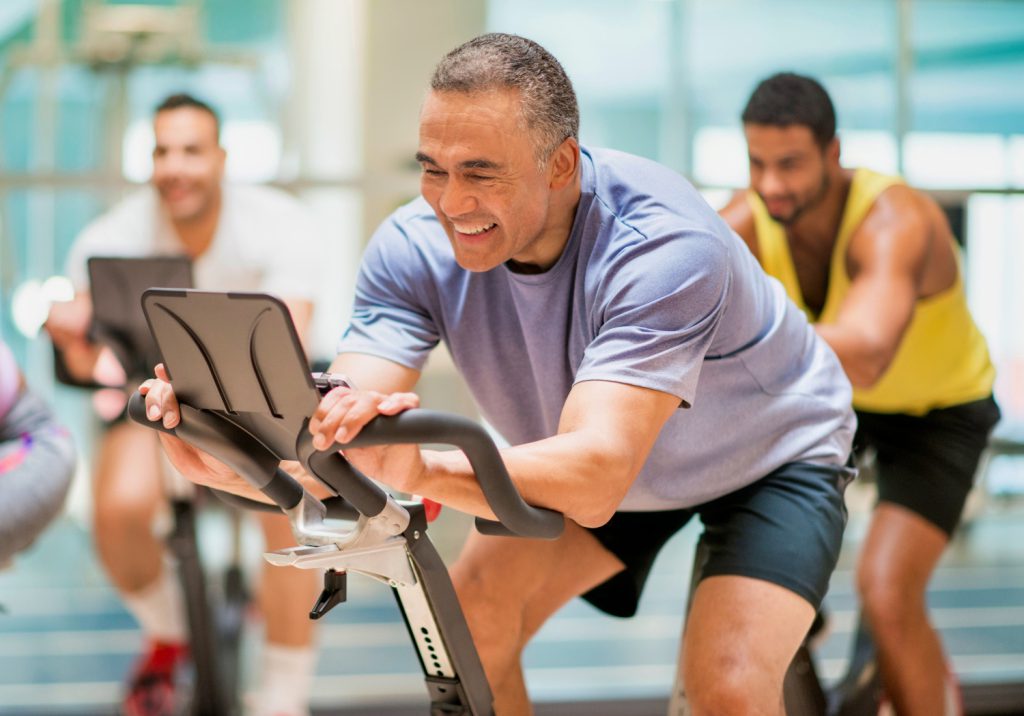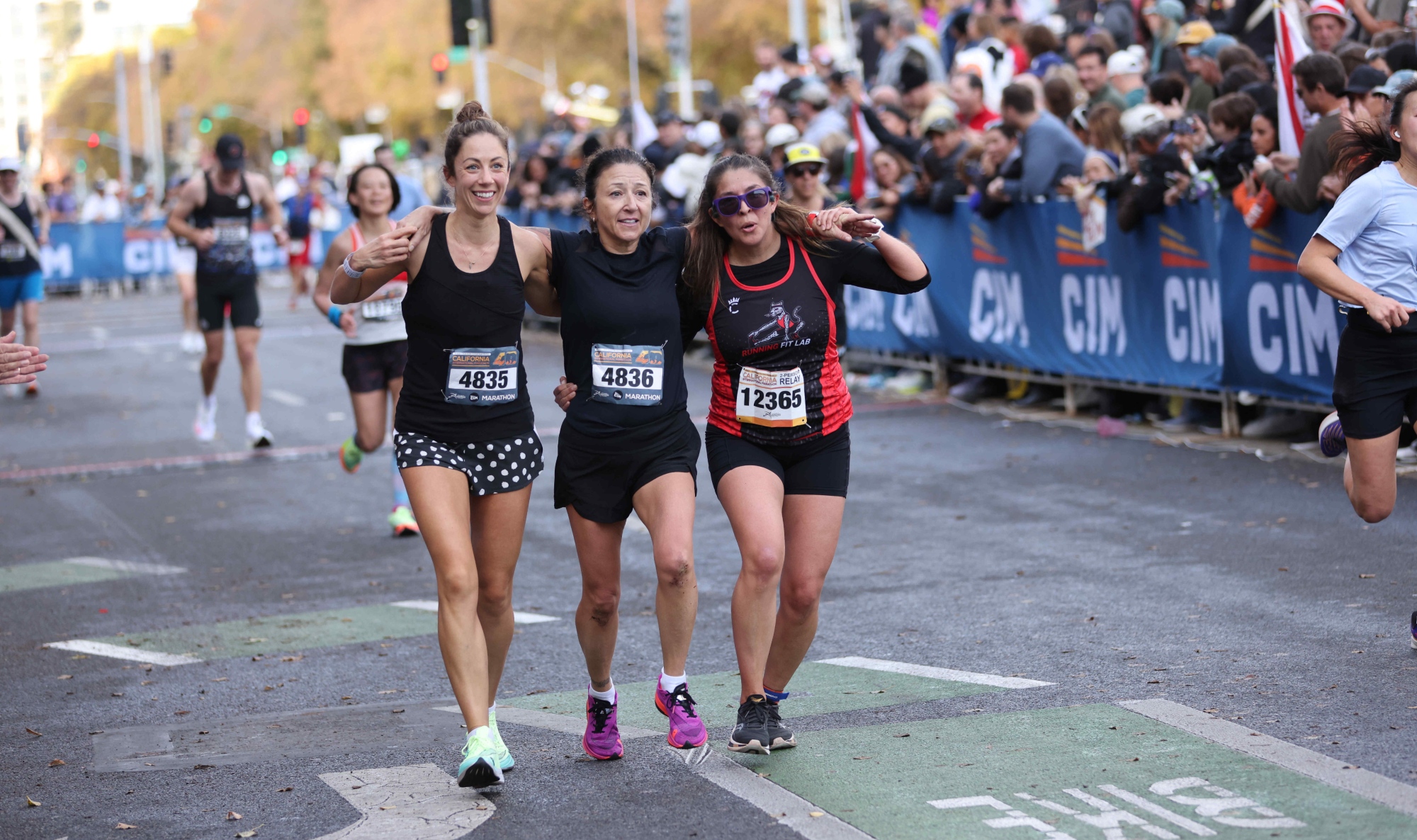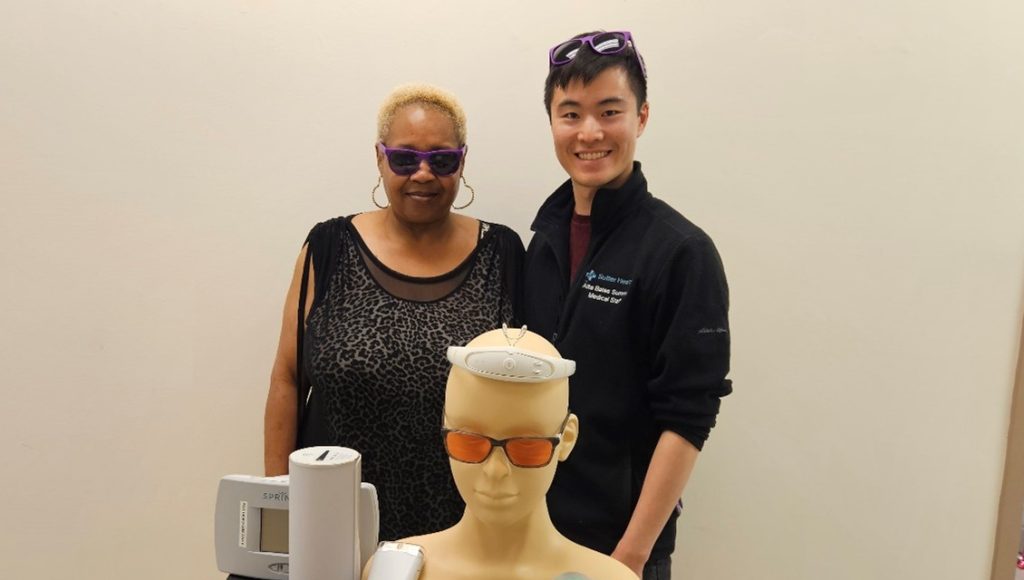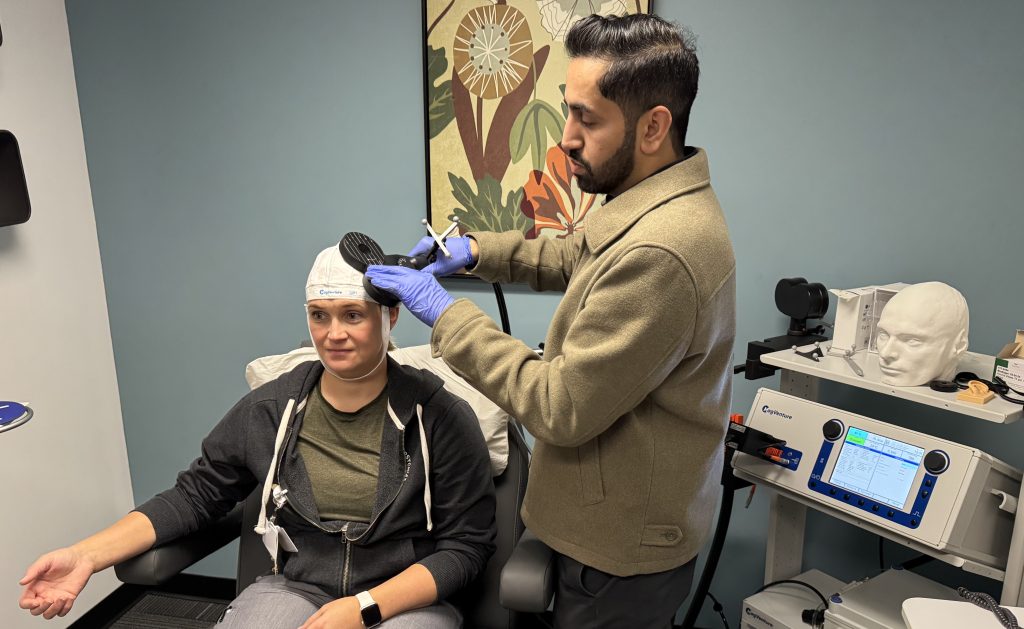With the California International Marathon being held in Sacramento on Dec. 8, Vitals is publishing a series of three stories that offer tips on running long distances and competing in marathons with expert information from orthopedic specialists affiliated with Sutter Health. This is the second in the series. Click here for the first story in the series.
Every runner knows the thrill of hitting the pavement, but with that thrill often come nagging issues. From shin splints to knee pain, these common problems can sideline even the most dedicated athletes.
Sutter Roseville Medical Center orthopedic specialists Drs. Chill Yee and Ryan Bennett shared their advice on how to best prevent and treat these problems.
Typical Issues and How to Prevent Them
If you watch NFL games, then you know about knee ligaments called ACLs and how they can tear. The good news is that Dr. Bennett, an orthopedic surgeon and sports medicine specialist, shared that people aren’t going to tear their ACL running a marathon.
“The two things we really see are kneecap or patellofemoral pain, and IT band pain (or iliotibial pain),” said Dr. Bennett. “One of the great ways to prevent kneecap pain is to work on proximal musculature leading up to big exercise events, like six months ahead of time, and that can be done best with Pilates and core exercises to strengthen the (hip muscle called) gluteus medius.”
He also shared that this focus on the gluteus medius is essential because everything distally (furthest away from the torso) is controlled by the hip muscles, so any exercises that build the core muscles and glutes will help prevent knee pain.

Orthopedic specialist Dr. Chill Yee recommends cross-training with lower-impact activities like spin bikes and ellipticals to help prevent typical injuries seen in runners.
Dr. Yee, clinical team lead for Sutter Roseville’s department of orthopedics and podiatry, added that cross-training with lower-impact activities like spin bikes and ellipticals are another way to help prevent typical injuries seen in runners, because running is high-impact and repetitive on hard surfaces, often wearing down and aggravating muscles and joints.
The physicians say a simple formula for preventing injuries, both during training and in races, is:
- Before the race: Adequate preparation
- Race day: Adequate hydration and food
- After the race: Adequate rest and recovery
Red Flags During Training
Everybody has heard of shin splints, and most have gotten them. While Dr. Bennett advises they are not a surgical problem and usually go away on their own, they do have a hidden risk of being a stress fracture. The same goes for hip pain, with a hidden risk of being something more serious. Both Drs. Bennett and Yee treat these more serious stress fractures all the time.
“When you’re running, you need to take shin splints and hip pain more seriously and not run through the pain,” said Dr. Bennett. “A lot of these runners don’t eat as well as they should or run a lot more than advised, so if you’re experiencing hip pain ahead of running, that’s when it needs to be checked out.”
If shin splints aren’t getting better or responding the way you think they should be, they said, it could be a rare fracture of the tibia or the foot and a doctor should be consulted in conjunction with stopping running. Dr. Bennett underscored how important it is to get deep anterior hip pain looked at immediately though, and Dr. Yee added that even though runners can tolerate a lot of pain and be highly competitive, the body needs to be listened to, and such pain should not be present.
Sutter Health is proud to be serving as the CIM’s Presenting Sponsor and Official Medical Team and Health Partner, a seven-year sponsorship that begins with the Dec. 8, 2024, race. Click here for more info on the sponsorship and the CIM.
NOTE: This content is not intended to be a substitute for professional medical advice, diagnosis or treatment. Always seek the advice of your physician or other qualified health provider with any questions you may have regarding a medical condition. Never disregard professional medical advice or delay in seeking it because of something you have read on this website.





